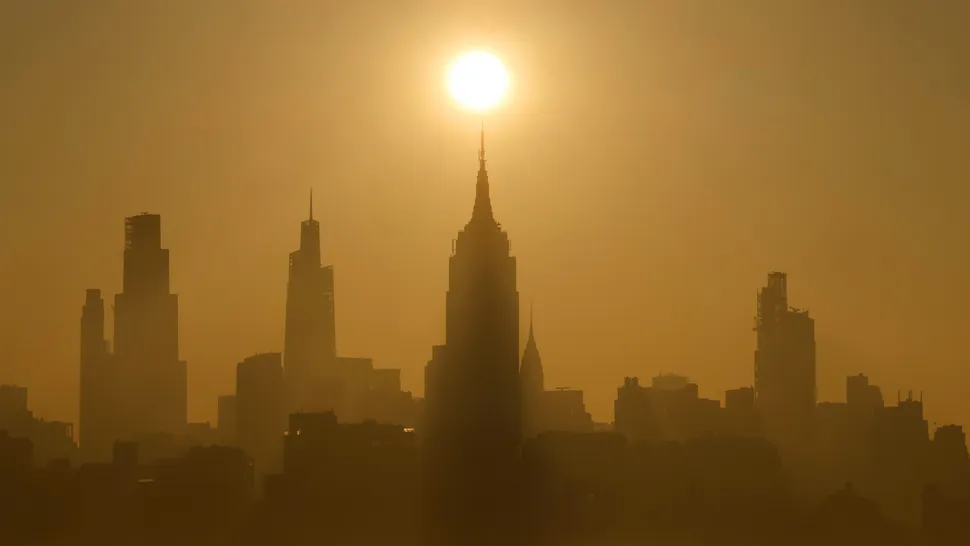Early-Season Heat Dome Scorches Eastern US With Record-Breaking Temperatures
By Edwin V. Christopher

An early-season heat dome has gripped the Eastern U.S., pushing temperatures to record-breaking highs and triggering widespread heat advisories, public health warnings, and power grid stress across major cities like New York, Washington D.C., Boston, and Chicago. The phenomenon, caused by a stagnant high-pressure system trapping hot air, has impacted over 100 million people with triple-digit temperatures and dangerously high heat indices. Emergency rooms are reporting spikes in heat-related illnesses, while school closures, cooling centers, and energy conservation efforts are underway. Urban areas face heightened risks due to the heat island effect, and rural regions are seeing agricultural stress and livestock exposure. Meteorologists link the early formation and severity of the heat dome to a mix of warming ocean temperatures, atmospheric stagnation, and climate change. Wildfire risks and poor air quality have risen sharply in parts of the Northeast, prompting burn bans and respiratory health warnings. Infrastructure is also strained, with transportation delays and power grid vulnerabilities exposed. Officials urge precautions like staying indoors, hydrating, and checking on vulnerable neighbors. The economic toll is expected to be high, encompassing healthcare, energy use, lost labor productivity, and agricultural loss. Experts stress that such extreme heat events are becoming more common and call for climate-adaptive infrastructure, sustainable energy policies, and urban planning reforms. Relief may be slow to arrive, with forecasts projecting continued high temperatures and drought conditions into July. This heat dome serves as both a climate warning and a call for collective preparedness, compassion, and resilience.